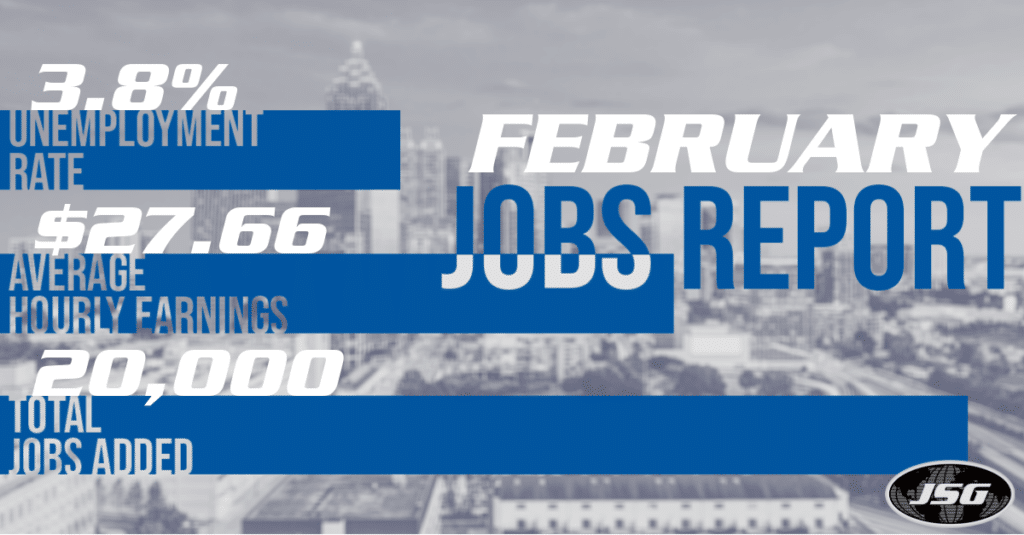In February 2019, the US saw its weakest hiring rates in over a year with a 20,000 increase in non-farm payrolls, after a gain of 311,000 the month prior. Wages bested projections and saw an average increase of 11 cents to $27.66 after a 2-cent increase in January. Unemployment also continued to decline, dropping from 4% in January to 3.8% in February, leaving roughly 6.2 million Americans presently unemployed.
The number of long-term unemployed, defined by those who are jobless for at least 27 weeks, experienced essentially no change. The long-term unemployed continued to hover around 1.3 million, or 20.4% of the total unemployed.
Revisions
Revisions from the January Jobs Report include an increase in nonfarm payroll employment for December 2018, from 222,000 to 227,000, and January 2019, from 304,000 to 311,000. These revisions show employment gains of 12,000 more than previously reported. Moreover, this revision brings the average job gains over the last three months to 186,000.
By Industry
In February health care added 21,000 jobs to bring its total to over 361,000 jobs this year. Ambulatory services rose by 16,000 jobs this month alone.
Wholesale trade employment also continued to trend positively, rising by 11,000 jobs to bring its yearly total to 95,000. Additionally, manufacturing employment saw its own jump of 4,000 jobs last month.
Employment in construction saw a decrease in jobs, declining by 31,000 in February, offsetting a January increase of 53,000 jobs. Heavy and Civil engineering was particularly affected, experiencing a decrease of 13,000. Overall, construction has still added 223,000 jobs on the year.
Other industries like leisure and hospitality, mining, retail trade, transportation and warehousing, information, financial activities, and government saw little or no change over the course of the month.
Reasoning
Despite the increase in wages, the dip in payroll may suggest that employers are struggling to find qualified workers. Other plausible causes include the frigid weather our country experienced as a whole or the end-part of the government shut down. A decrease in construction jobs would seem to support this notion.





